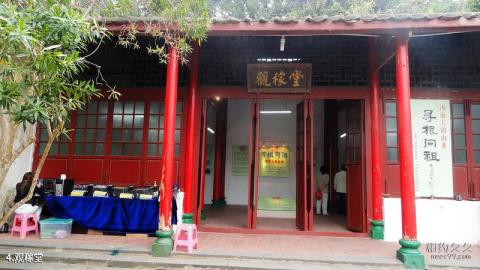
Introduction to Guanjia Pavilion: It was originally called Guanjia Pavilion. According to the "Qiongshan County Chronicle", Guanjia Pavilion was built in the 43rd year of Wanli in the Ming Dynasty (1615) to commemorate Su Dongpo's great achievements in drilling two springs and benefiting Sangzi Township. establish. The original pavilion was destroyed in the late Ming and early Qing dynasties. In the 43rd year of Emperor Kangxi's reign (1704), Jia Tang, the prefect of Qiongzhou, felt deeply that the Guanjia Pavilion had far-reaching significance in educating the local people and remembering the great achievements of the ancestors, so he rebuilt it on the old site. In the 14th year of Daoguang (1834), it was expanded and became the largest pavilion in Hainan at that time. In the fifteenth year of the reign of Emperor Guangxu of the Qing Dynasty (1889), when Zhu Cai was building the Wugong Temple, he also rebuilt the Guanjia Pavilion and renamed it Guanjia Hall. In his "Wugong Temple" written by him, it is recorded: "The Wugong Temple is attached to the Guanjia Hall on the left, and the cultural relics of famous sages from Qiongya in the past are collected according to the old practice." Since then, Guanjiatang has become a place for Hainan literati to drink tea, compose poems and conduct academic exchanges.
